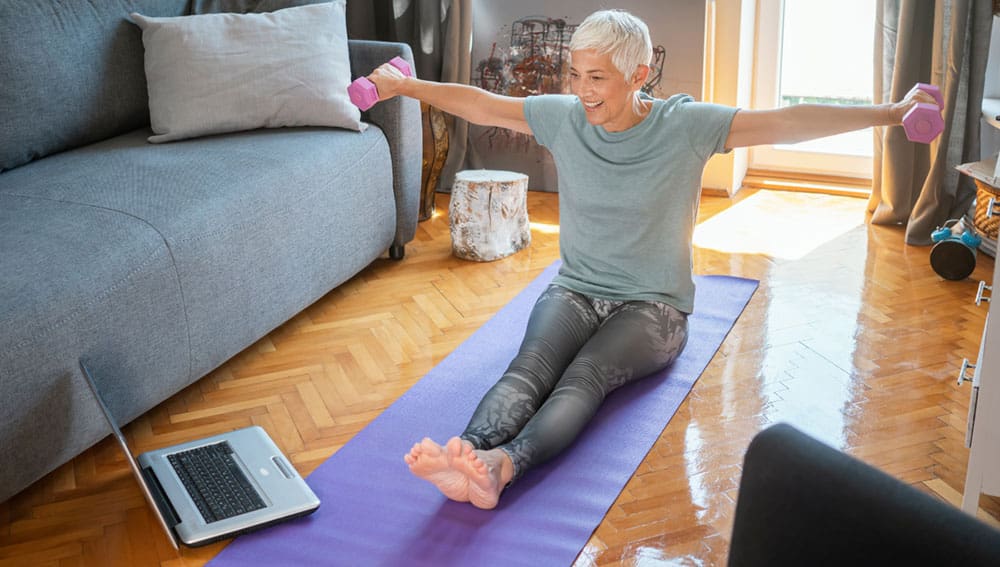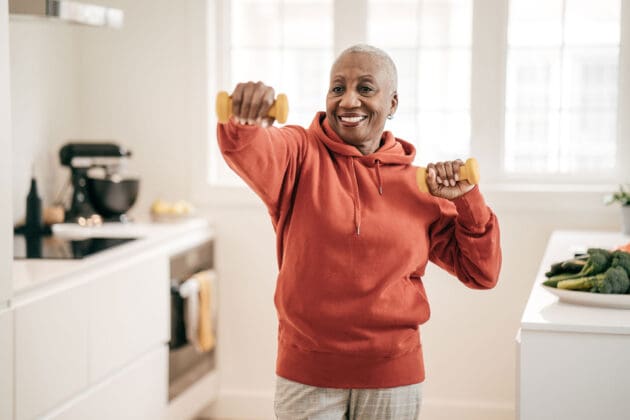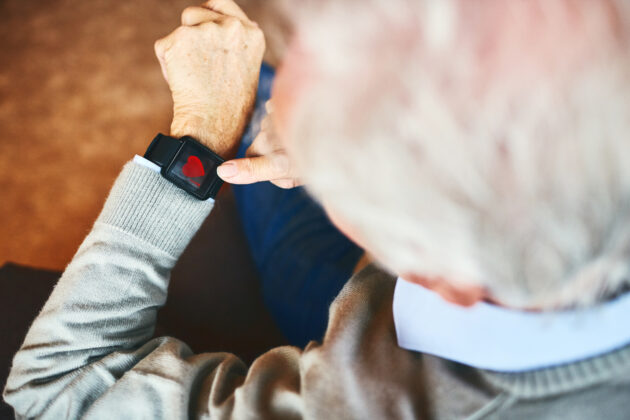
Winter weather often means you spend more time indoors, which often means more time sitting and less time moving.
Over time, this lack of movement can affect your health. If you have conditions such as diabetes or obesity, being less active can worsen your condition. Michael D., a physical therapist at VNS Health, often works with people who are older or who have chronic diseases (sometimes two or more). He tells them that they can become and stay active, even in the winter.
“Progress, no matter how small, is key to staying motivated and reaping the benefits of physical activity.”
He provides four tips to help you stay active during the winter months.
Get Up and Move Around
Incorporate movement into your day. Do stretches when you first wake up and before you go to bed. Bundle up and walk around the block after breakfast and before dinner. If you struggle to stay motivated, call a friend and chat while you stretch or ask them to join you on a walk.
Remember that tasks like cleaning, doing laundry, and walking to the mailbox count as moving. Michael recommends being productive and “don’t just move out of necessity. Make an effort to get up and move even when you don’t have to.”
A simple exercise routine can give you long-term health benefits. No fancy equipment is needed — light hand and ankle weights, or even a can of vegetables, can help you build muscle. If you haven’t exercised much, get advice from a professional first. An personal trainer or physical therapist can create a plan that takes into account any injuries. When caring for his patients, Michael reassures them that “I’m here to guide you, not to boss you around. We’ll work together to achieve your goals.”
If you need extra help managing your physical health, check out our physical therapy programs.
Build Strength and Balance
Maintaining balance is important for preventing injuries. Research shows that the ability to stand on one leg for 10 seconds can significantly reduce the risk of fatal falls. Michael explains, “Weak legs lead to over-reliance on arms for support, which can be dangerous. Use your body as it was designed.”
Simple leg exercises can improve strength and mobility. Here are two to try:
Sitting leg extensions: Sit in a stiff chair (not an armchair) with both feet on the floor. Lift one foot and straighten your knee as much as you can. Bring your foot back down. Repeat 5 to 10 times to start, then lift the other foot and do the same thing.
Calf raises: Stand facing a counter. Lift your heels off the floor and hold for a few seconds before lowering. Repeat 5 to 10 times to start. Rest your fingertips on the counter if you need to.
Focus on Maintaining Full Range of Motion
Strength training is important, but so is range of motion. Range of motion refers to how far you can extend, move, and use your joints during exercise. Michael points out, “Everyday tasks don’t usually involve full joint movement. Targeted exercises are needed to keep muscles and joints healthy.”
Dynamic and static stretching, yoga, and other mobility exercises that target the hands, shoulders, knees, and hips can help you maintain your body’s range of motion.
Combining exercise with good nutrition and adequate sleep is essential for your overall health. “Exercise, walk, eat well, and sleep well — these are key steps to staying healthy and active as you age,” says Michael.
Stay Consistent
Consistency is vital to stay physically active, especially for older adults. Regular activities like walking, reaching into cabinets, and climbing stairs help maintain your muscle strength and coordination. Michael says, “If you don’t practice these movements, you’ll lose the ability to do them.”
Avoid the common pitfall of starting strong with New Year’s resolutions only to taper off. Consistent, daily activity is crucial for your long-term health.
By following these tips, you can stay active and healthy, even during the colder months. Regular physical activity not only improves physical health but also enhances mental well-being, contributing to a better quality of life.


